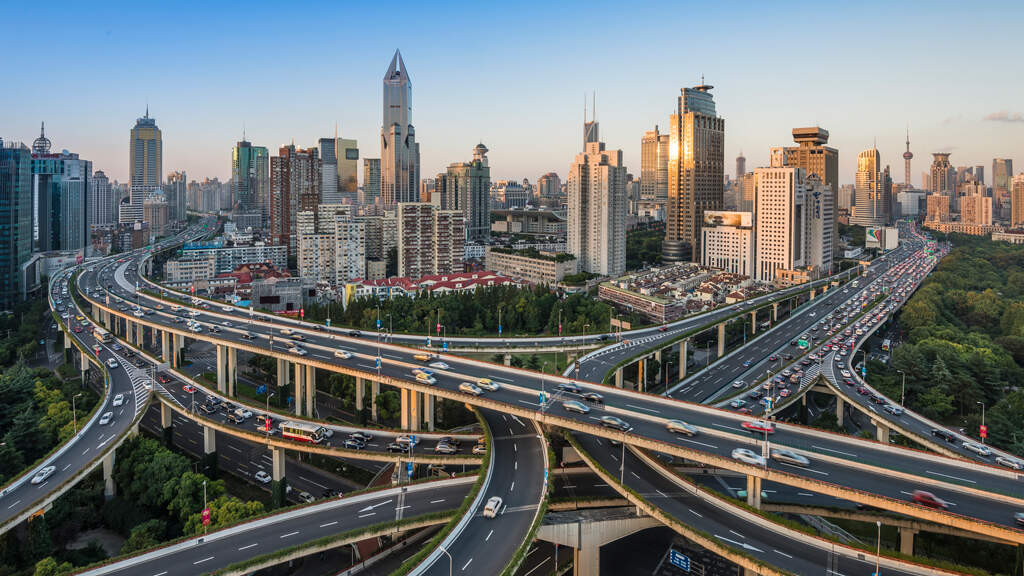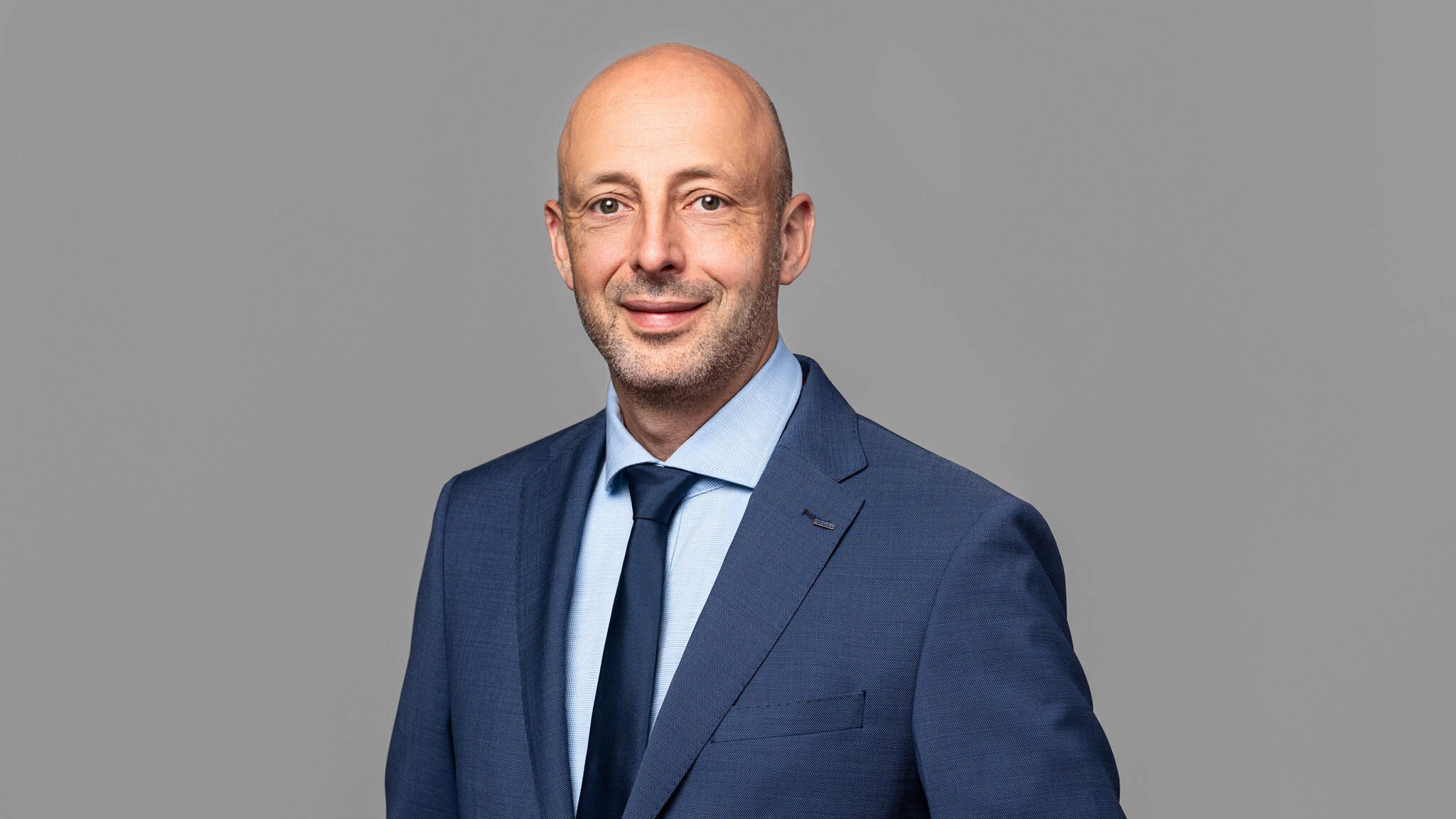Into the Heart of the City
Urbanization is a global megatrend of the 21st century, and cities will continue to grow. But megacities also pose “mega” challenges for city distribution. DACHSER is already testing innovative, forward-looking solutions.

“Tear everything down!” As early as the 1930s, the architect Le Corbusier understood that cities had a big problem, namely overcrowding. He and other architects believed that a “functional city” was the only way to cope with the “inhuman living conditions” that had arisen. Despite Le Corbusier’s demolition fantasy, cities like Paris, London, Madrid and Berlin are—fortunately—still standing, along with many of the historical structures that sprang up over time. Yet the massive problems described over 80 years ago persist. In some cases these problems have reached epic proportions as a result of exponential growth, population density, and an overburdened infrastructure.
For today’s logistics providers, the radical ideas of 20th century avant-garde urban planners are simply not an option. “We have to deal with conditions as they exist in modern cities,” says Stefan Hohm, Corporate Director Corporate Solutions, Research & Development. Some of these factors are the rising individualization of production and trade, the increasing volume of goods and smaller shipments, and greater and more detailed customer requirements. Added to this is the booming trend of online shopping. For instance, the Wirtschaftswoche, the German weekly business magazine, has reported that in Germany alone, the number of packages shipped annually will double from 2.5 to 5.0 billion over the next ten years. In India, this figure will triple annually according to a recent study by the consulting firm McKinsey.
Microhubs, electric trucks, and electric delivery bicycles
For that reason, city distribution is the top priority of the DACHSER unit managed by Hohm. “Why this issue is not limited just to logistics companies becomes obvious when you drive through city traffic during rush hour: endless traffic jams, smog, access restrictions, environmental zones, scarcity of parking spaces, and so on,” says Hohm.
Take Paris for example: “Getting an earlier start in the morning hasn’t worked against chronic traffic for a long time now,” says Hohm. This is why the French capital is the “ideal place” for DACHSER to try out completely new methods of urban delivery. “The focus is on new technologies and delivery modes so that goods can reach customers without congesting the roads and polluting the air,” says Hohm. “These include creating microhubs that receive shipments at night and send out special low-emission vehicles for last-mile deliveries to stores and malls within the city, for instance.” DACHSER is currently testing out delivery by electric truck in Paris. Delivering to the heart of the city center by electronic bike is an exciting part of this experiment. DACHSER began e-bike deliveries in Stuttgart in October.
The catalyst for the city distribution project was the strategic program Idea2net, in which DACHSER has its sights set on forward-looking network innovations. “Guaranteeing the free flow of goods is the lifeblood of a city. Major cities like Paris, London, or Copenhagen know that,” says Hohm. “Our goal is to contribute our experience and refine our expertise.”
